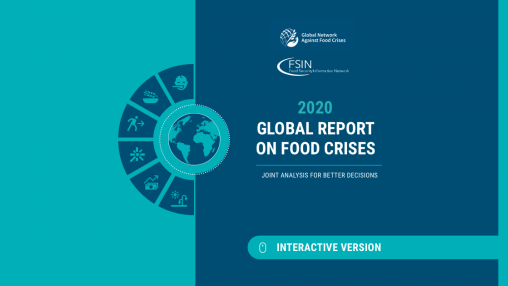
2020 Global Food Policy Report
Africa’s food system has experienced rapid transformation in recent years, driven by widespread urbanization and increasing incomes. In addition, initiatives like the African Continental Free Trade Area have resulted in changes to market structure and functioning in an effort to spur regional trade and economic growth. These changes present new income-generating opportunities all along the agrifood value chain, from farmers to processors, traders, distributors, and the food service industry.
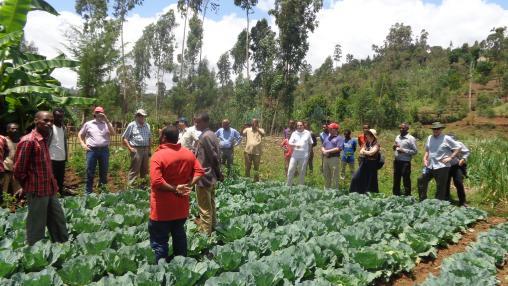
Rurbanomics: The path to rural revitalization in Africa
This post first appeared on the D+C Development and Cooperation site and IFPRI.org.
The deadlines to achieve the Sustainable Development Goals (SDGs) and the Paris climate goals draw ever closer. The ambitious imperative of the SDGs is to “leave no one behind.” The implication is that we must urgently revitalize rural areas, especially in Africa south of the Sahara. Now is the time for a dramatic, system-wide transformation to make rural areas more productive, more sustainable, more climate-resilient, healthier and more attractive places to live.
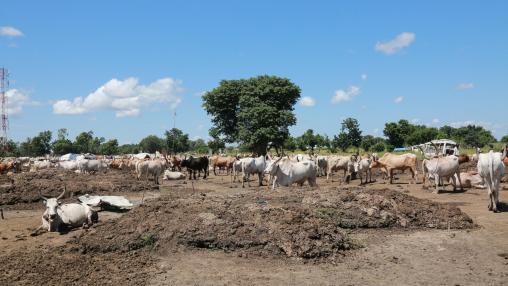
Continued Food Insecurity in East Africa
Many areas of East Africa will continue to face high levels of food insecurity through late 2019, according to a new report from FEWS Net . The situation will hit its worst levels at the peak of the pastoral lean season in September and October.
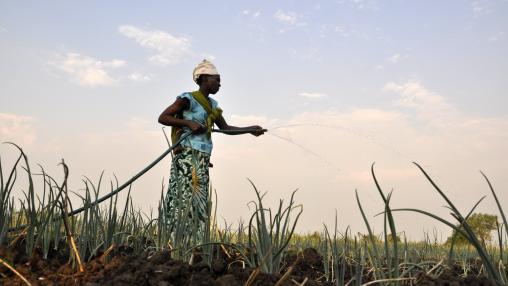
Staple Food Prices Rise in Southern Africa
According to a new report from FEWS Net , poor households in several regions of Southern Africa have exhausted their own produced foods earlier than usual in the season due to below-average harvests. The number of households in the region experiencing IPC Crisis (Phase 3) food insecurity is expected to increase with the start of the lean season in September and October.

Capacity building for NAIP design
This blog originally appeared on Agrilinks . By Sheryl Hendricks .
Dramatic change has been happening in Africa for at least the past decade. Much of the progress can be attributed to the revived focus on agriculture as a driver of inclusive economic growth through the Comprehensive Africa Agricultural Development Programme (CAADP). The CAADP was initiated through the 2003 Maputo Declaration on Agriculture and Food Security in Africa and sought to achieve Millennium Development Goal One (MDG-1) to halve the turn of the century levels of extreme poverty and hunger by 2015.
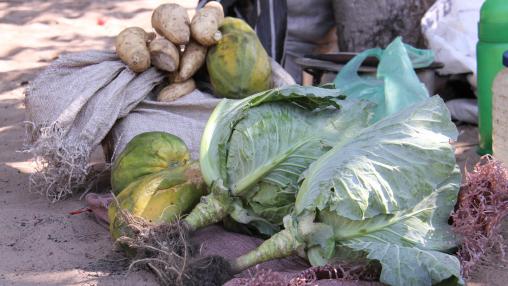
Zambia National Food and Nutrition Summit
Forty percent of children under the age of five in Zambia suffer from stunting. To address this worrying trend, policymakers have placed food and nutrition security at the forefront of national priorities. At a recent National Food and Nutrition Summit held in Lusaka, stakeholders emphasized the need for a multisectoral approach to end malnutrition and improve food sustainability in the country.
The conference, supported in part by IFPRI’s Food Security Portal, brought together a number of participants from government ministries and agencies and development organizations.
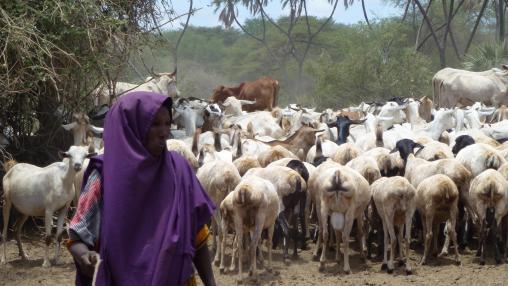
Latest GIEWS Alerts
Latest FAO GIEWS Country Briefs and Special Alerts
FAO’s Global Information and Early Warning System (GIEWS) has released several new country briefs and special reports for Africa south of the Sahara.
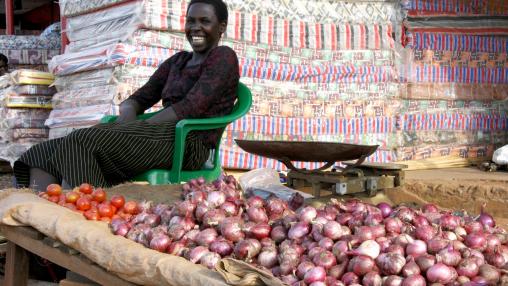
2018 Global Food Policy Report Released
Globalization has played a key role in the sustained economic growth seen in Africa south of the Sahara in recent years, according to IFPRI’s 2018 Global Food Policy Report . However, rising protectionism and anti-globalization in some developed countries could pose a threat to further economic growth and development in the region.
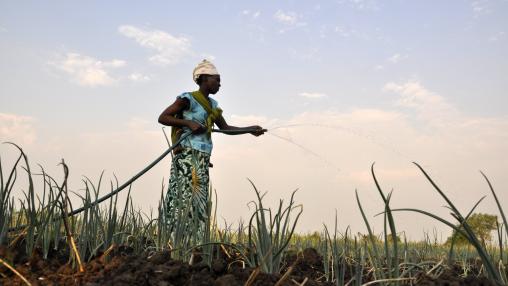
Southern Africa Food Security Update
Variable rainfall could negatively impact agricultural production in southern Africa, according to reports from FEWS Net and the SADC’s Food Security Early Warning System (Agromet).
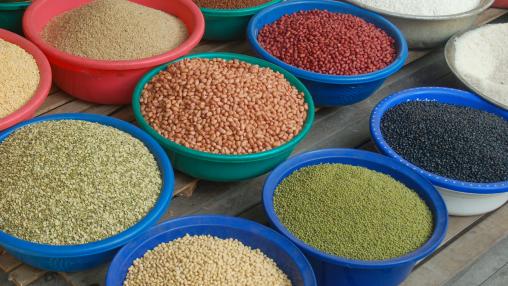
Nigeria Market and Food Security Update
Since June 2016, FEWS Net has followed the market situation in Nigeria; the country faces continuing economic challenges due to a global decline in crude oil prices and a depreciation of the national currency, as well as ongoing conflict in the northeastern regions. In the latest Nigeria Market Monitoring Bulletin , FEWS Net provides several updates of the implications of these challenges for the country and the region.